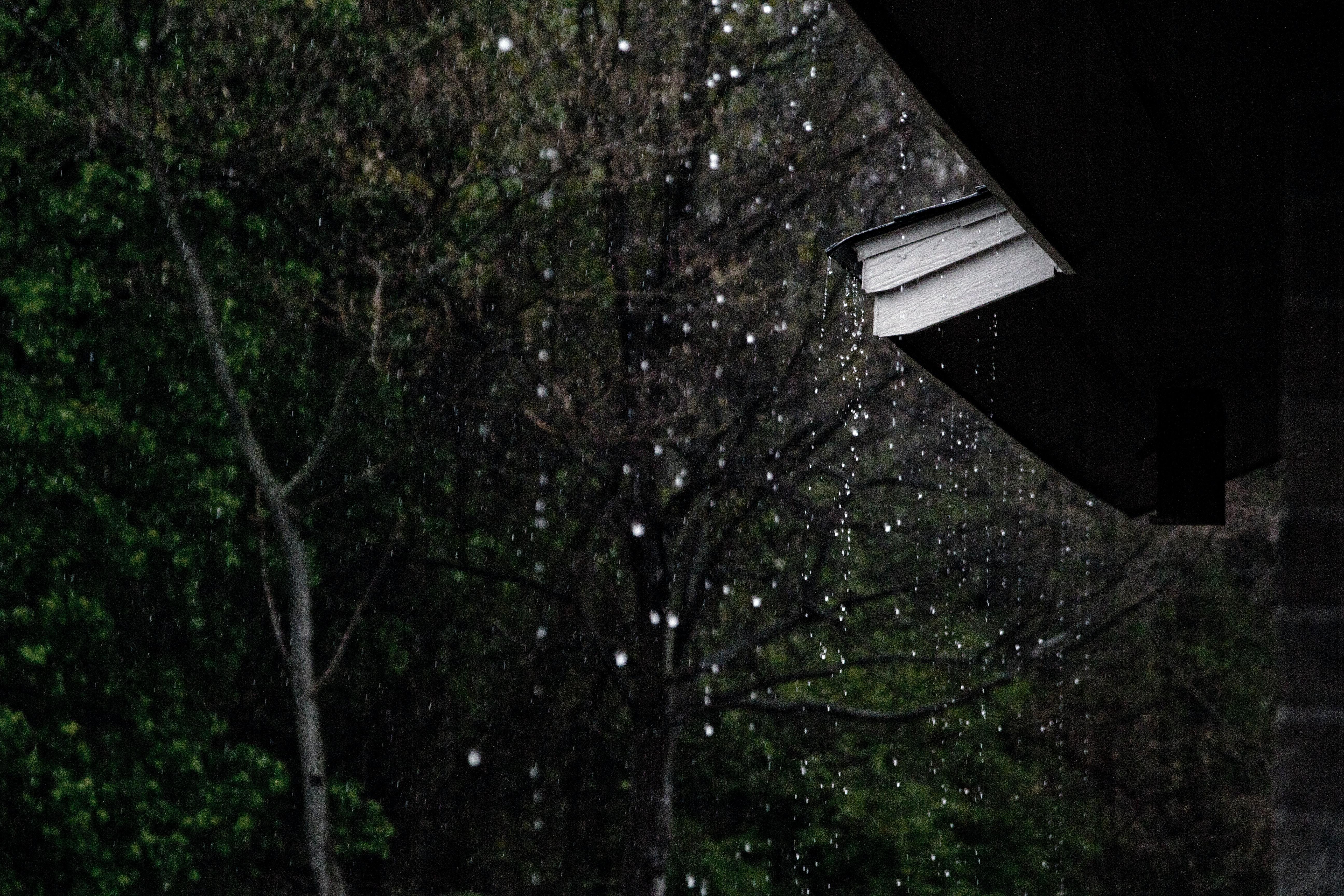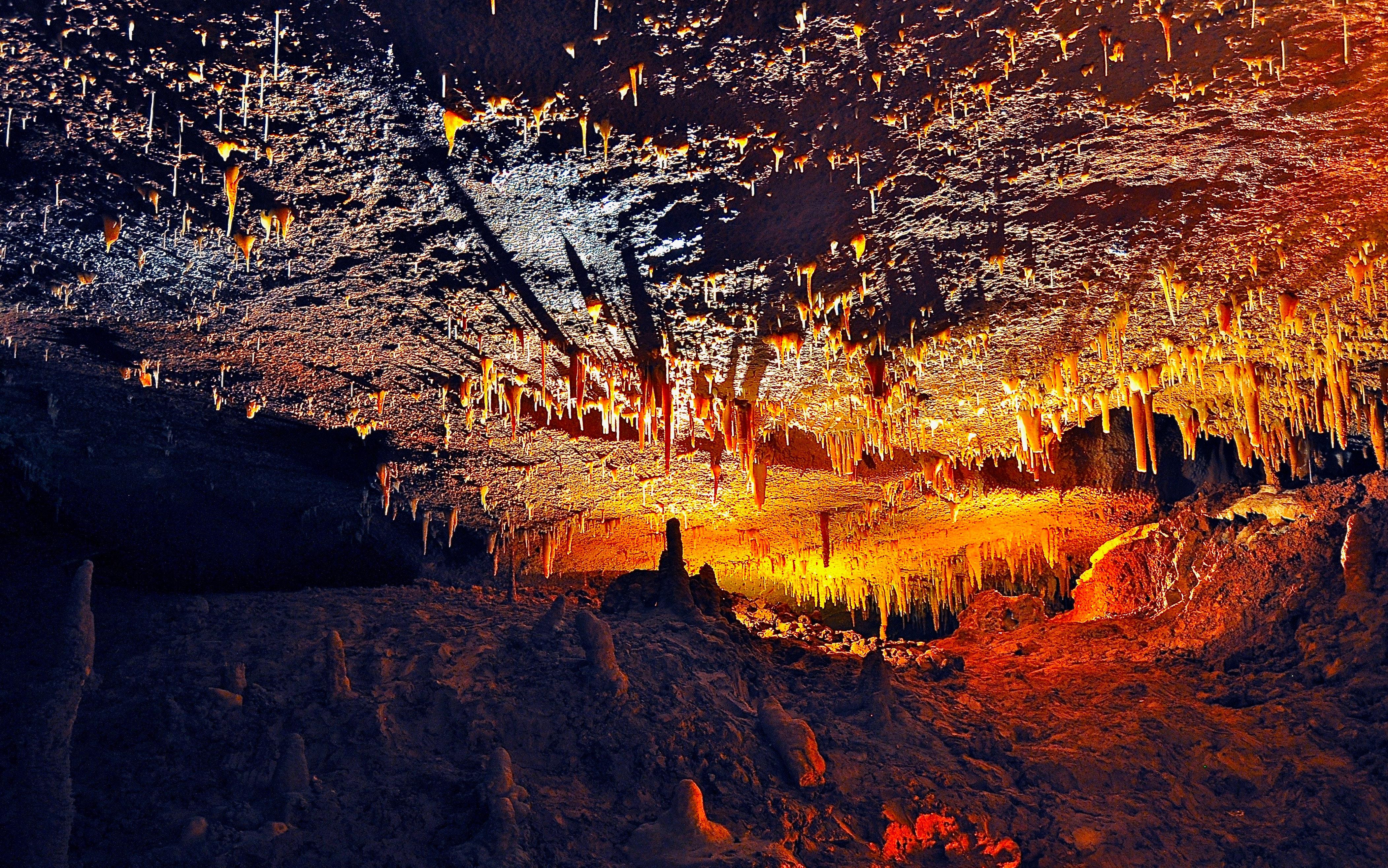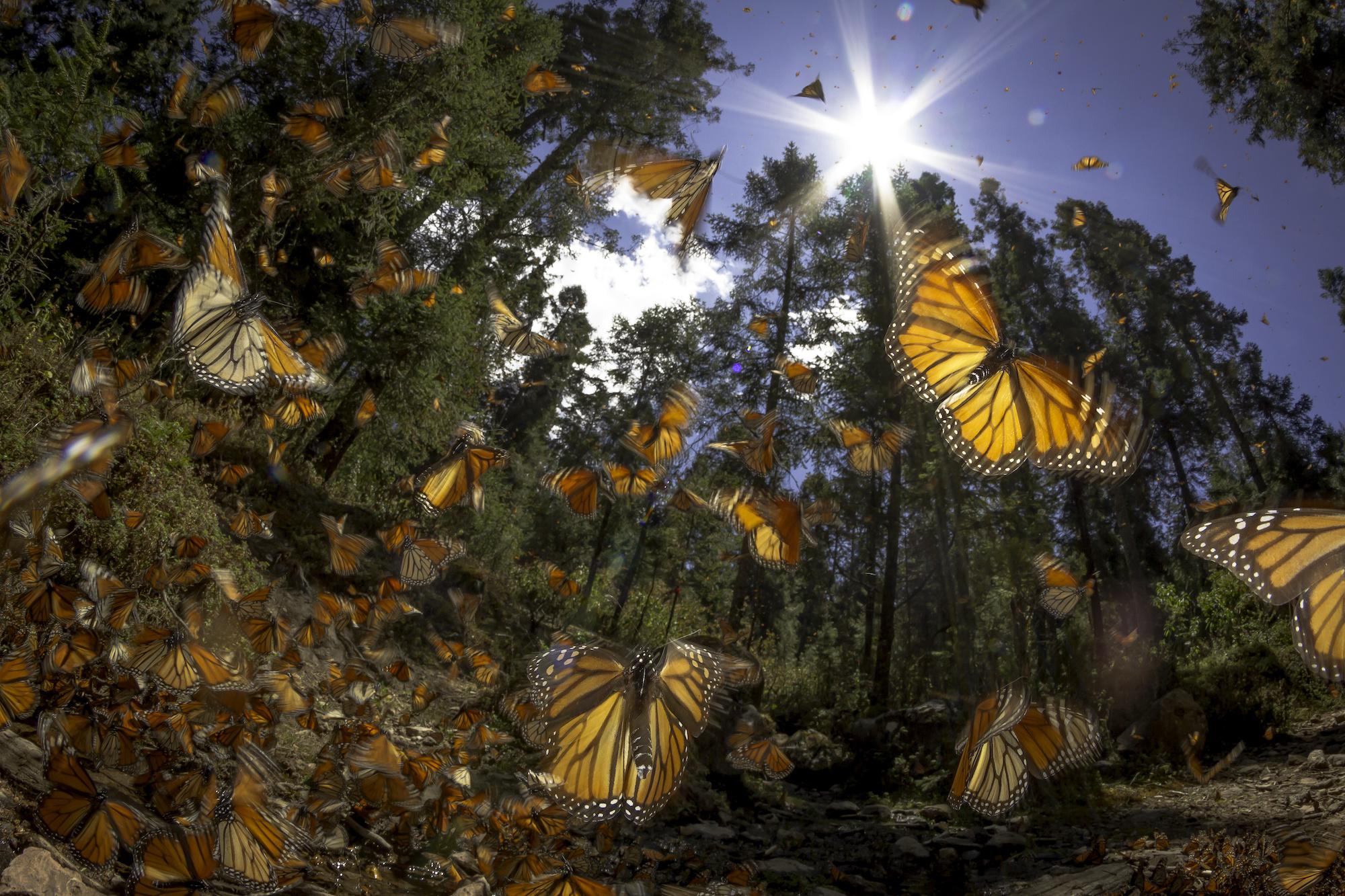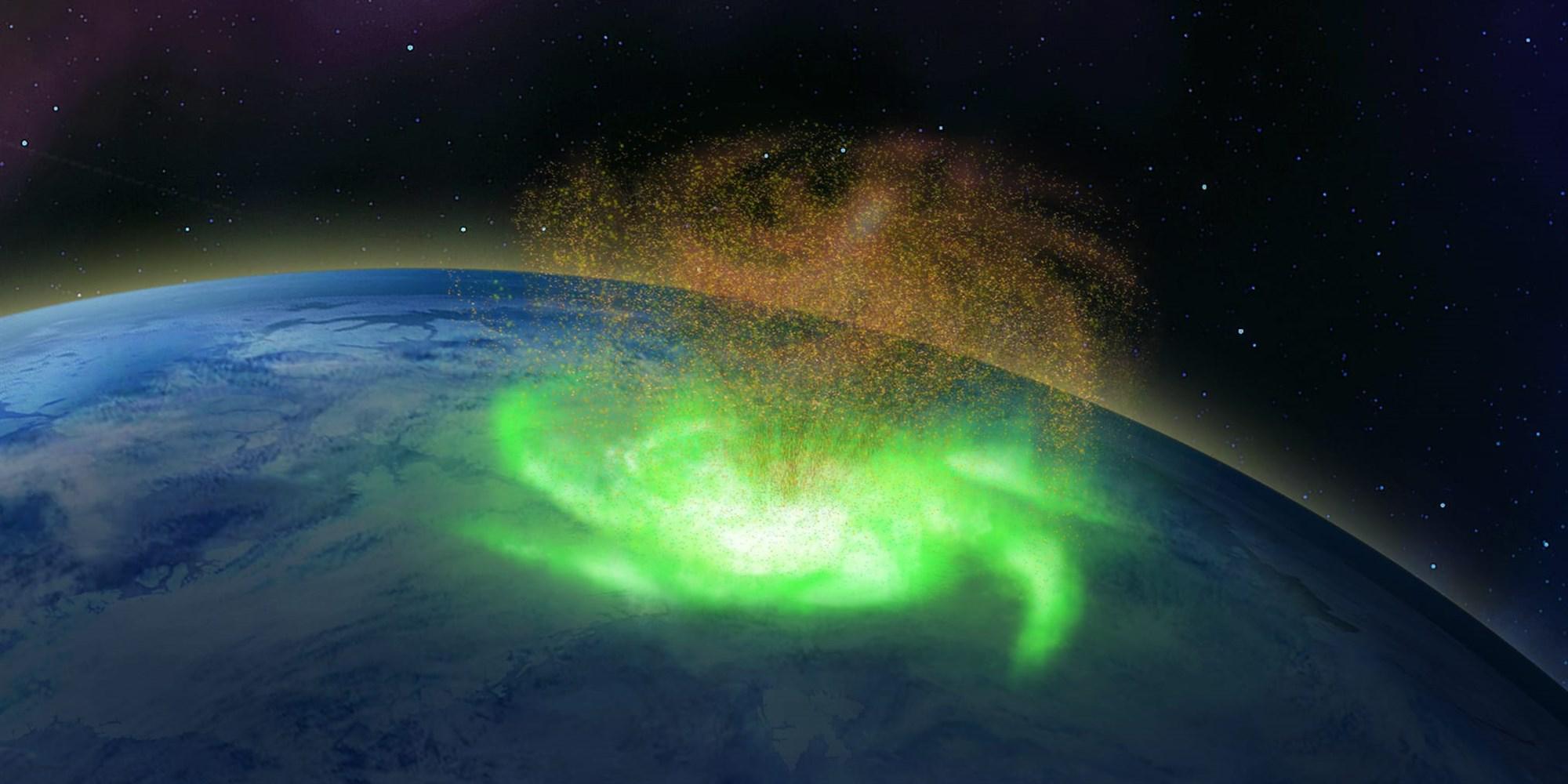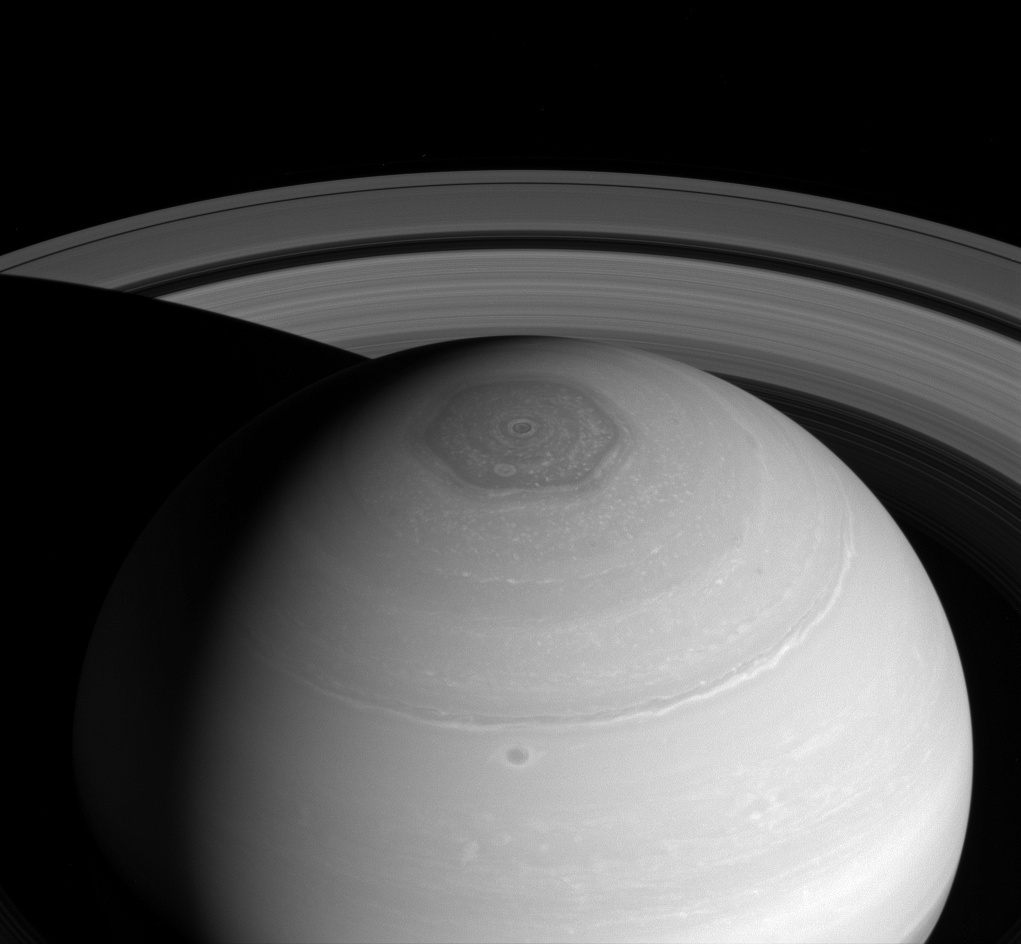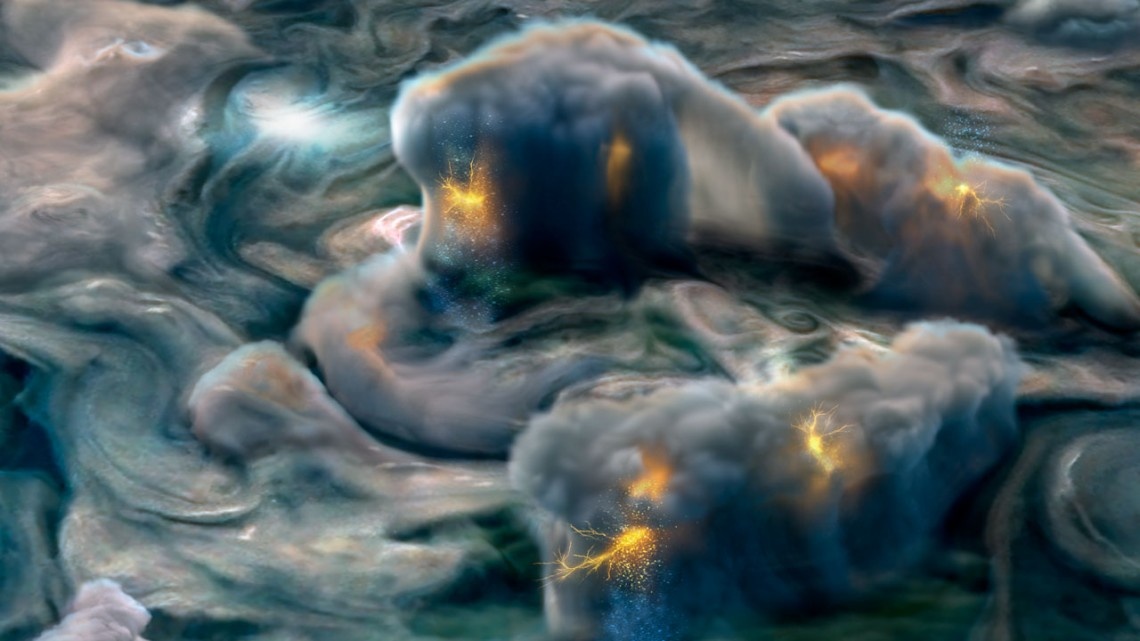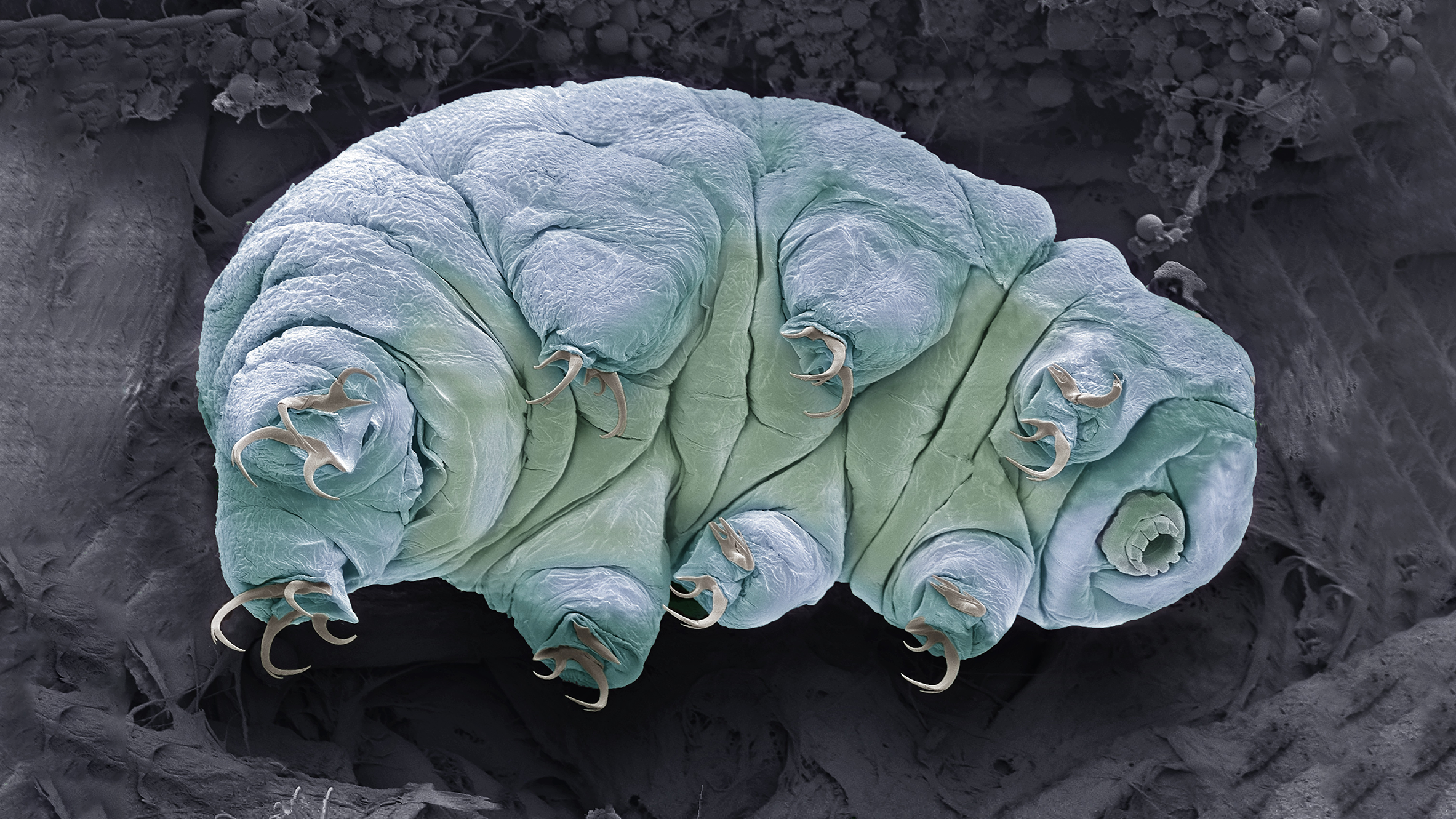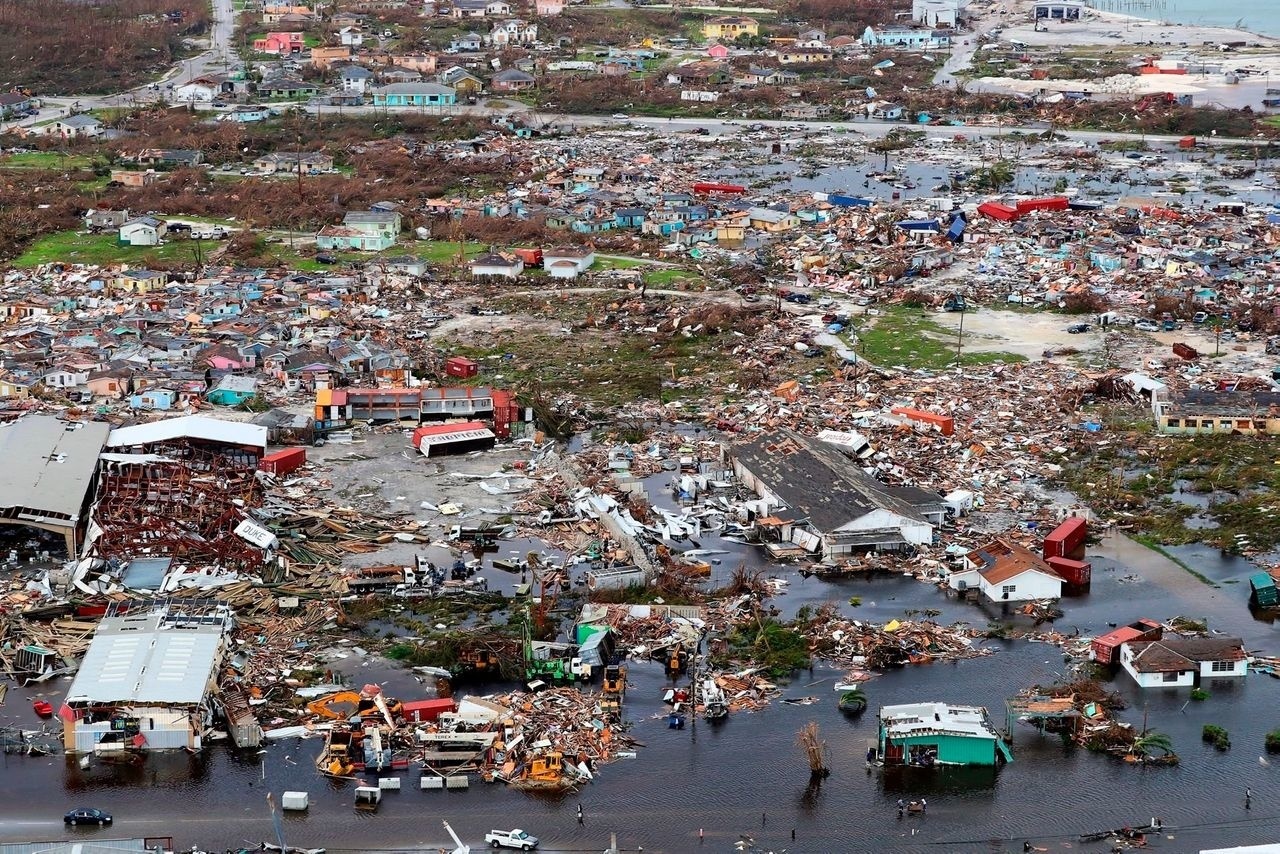weather
To date, only one research vessel has ever encountered a milky sea.
Technology designed to listen for atomic bombs can also hear tornadoes.
Trees store carbon dioxide, have a cooling effect in cities, and reduce flood risks.
A new study provides a possible scientific explanation for the existence of stories about ancient saints performing miracles with water.
How do you get usable phosphorus into a system? A new study suggests lightning can do the trick.
If we lose our pollinators, we’ll soon lose everything else.
This storm rained electrons, shifted energy from the sun’s rays to the magnetosphere, and went unnoticed for a long time.
What makes some people more likely to shiver than others?
Their goal is a digital model of the Earth that depicts climate change in all of its complexity.
A warming Arctic Circle could be responsible for bursts of cold weather in the south.
Some mysteries take generations to unfold.
But most city dwellers weren’t seeing the science — they were seeing something out of Blade Runner.
Perhaps downhill and cross-country skiers don’t face the fate of potters, typesetters and saddlers, but their situation is certainly unclear.
The solar system has some strange stuff in it. Learning how it ended up that way can tell us where we’re going.
A large-scale study from King’s College London explores the link between genetics and sun-seeking behaviors.
Some of the most extreme weather in the Solar System just got stranger.
Solar geoengineering ideas could weaken storms in both hemispheres, scientists find.
It looks like a busy hurricane season ahead. Probably.
A volcano in California is a hot spot for conspiracy theorists.
Global warming has shown that permafrost is not so permanent after all.
Global warming appears to be front of mind for people worldwide.
Plate tectonics and mantle plumes set the lifespan of volcanic islands like Hawaii and the Galapagos.
Lengthening daylight isn’t necessarily good news where mental health is concerned.
A new report argues that we stand to gain a lot economically by investing in 5 key areas.
Hurricane Dorian has devastated the islands.
Researchers from UCLA invent a device that generates electricity from a rather unusual source.
2019 could prove to be the second-hottest year on record.
Why doesn’t the U.S. generate more electricity from wind?
Spiders, fish, birds, and bats all break with their daily routines.


